By Rebecca Cristillo & Josean Martinez-Santiago
A National Geographic-sponsored exploration to explain the longevity of life led by explorer Dan Buettner turned into a moment of discovery for the world of wellness.
Buettner coined the term “Blue Zones” to refer to the five geographic areas in the world with the highest percentage of centenarians, people who live over the age of 100: Loma Linda, California, USA; Sardinia, Italy; Ikaria, Greece; Nicoya, Costa Rica; and Okinawa, Japan.
The exploration then sent anthropologists, epidemiologists, and researchers to these areas to discover why, but who better to listen to about longevity than the people living that life themselves? We travelled to Okinawa, Japan, one of the five designated blue zones, to explore what Okinawans themselves credit to living longer than the rest of the world.
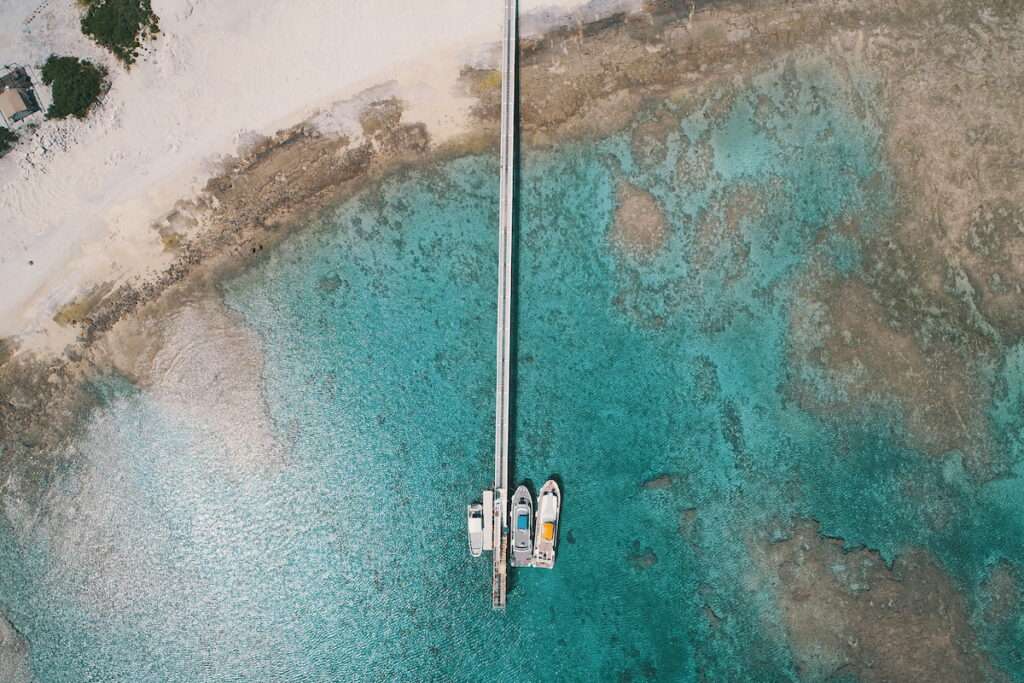
Known to some as the ‘Land of the Immortals,’ people in Okinawa have fewer cancer, dementia, heart disease, and bone issues than the average North American and women here live longer than women anywhere else in the world.
While genetics can be a supporting factor, Buettner found it doesn’t account for the majority of the reason why people live longer in blue zones. Here in Okinawa, their movement habits and diet is what is credited most.
Though it’s interesting to note the lack of furniture in homes and the immense amount of walking the Okinawan elderly do, what we found most interesting is their love for salt.
Elsewhere in the world, salt is demonized. We buy ‘low sodium’ and ‘no salt added’ products to avoid sodium, but here in Okinawa, the salt itself is different.
We visited the Nuchi Masu Salt Factory to learn for ourselves, what is this secret salt making Okinawans live longer than the rest of us? Set on a cliff on the eastern side of Miyagi Island, the Nuchi Masu Salt Factory draws surrounding seawater up to their factory to harvest it for the typical uses we all know, plus some.
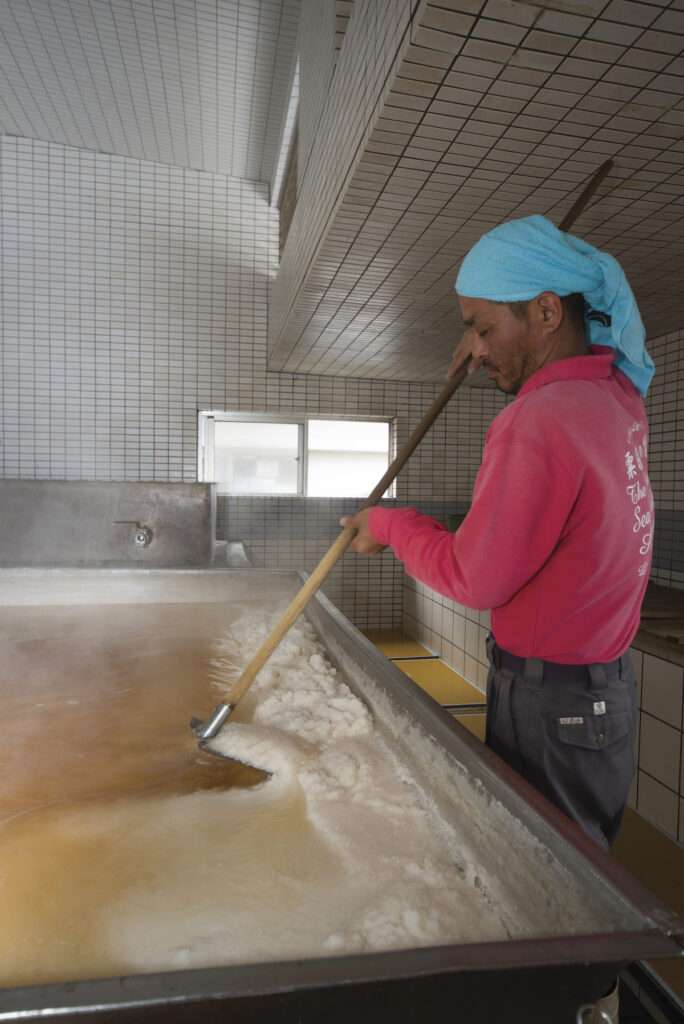
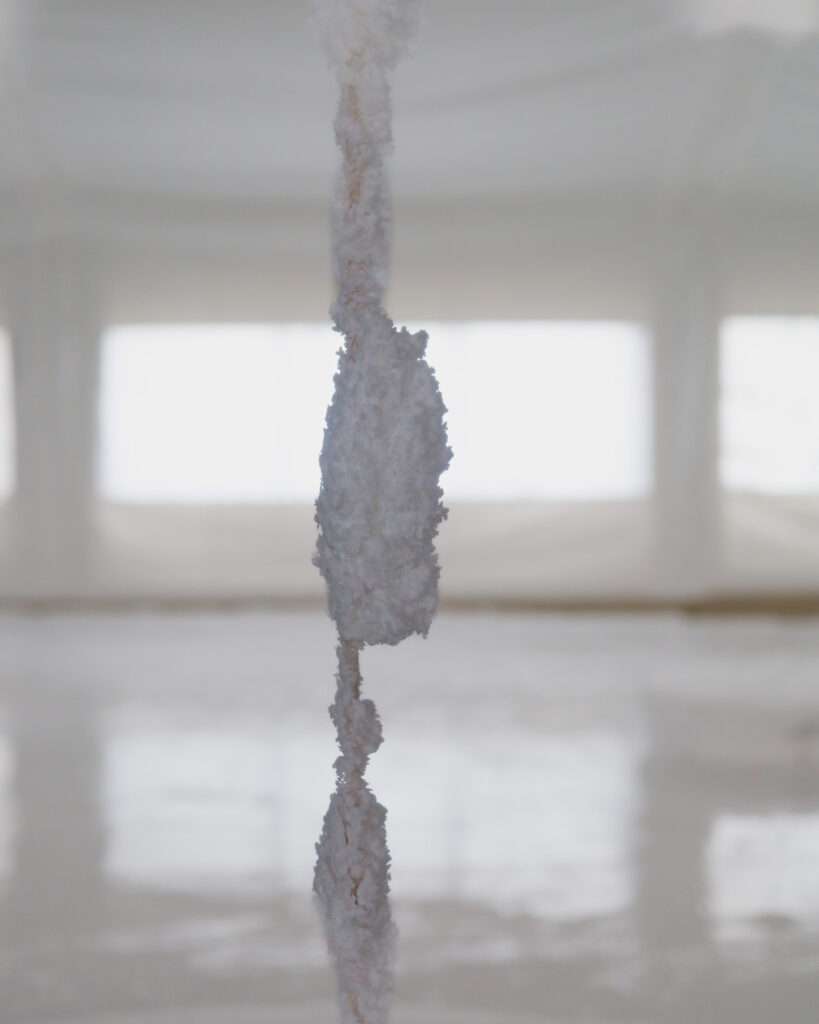
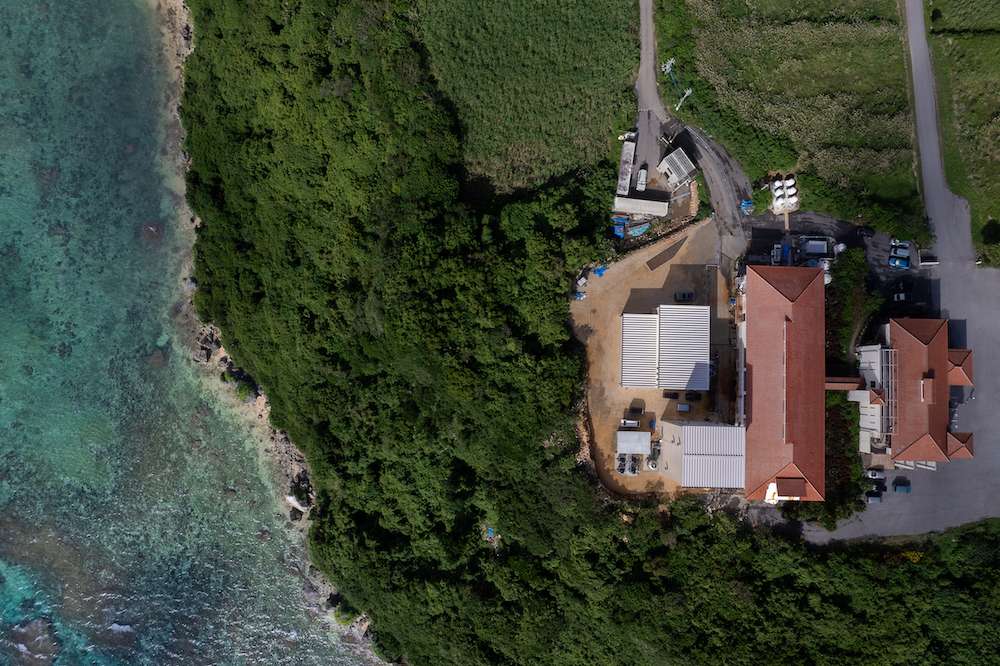
Commercial salt harvesting has been going on in Okinawa since the 1600s. Salt bears the name “māsu” in the Okinawan language. “Nuchi” in the Okinawan language means life. Essentially ‘salt that brings life’ is the full meaning of this factory name.
“Māsu” also means to remove toxins, purify qi energy, and expel lung disease. Though a quick look at the shop attached to the factory will show you salt for eyes, skin, hair, athletics, and even salt-flavoured ice cream at the factory café, what we were most interested in was the counter-intuitive guidance to consume salt for better health.
It went against everything we have ever been told by doctors and nutritionists, especially after Bec’s father experienced a stroke and her entire family religiously cut out salt from our diets.
The method to create this salt is what allows for this difference. A patented method only used here in this factory called the “Normal-Temperature, Instant, Aerial, Crystalized Method” uses a fan to draw the water up from the sea and evaporates it as it blows into a sterile room.
The salt crystallizes during this evaporation and piles up, making it look like a tropical snowscape. The salt is left to dry, then meticulously inspected visually by staff, making their jobs tedious and important to be detail-oriented.
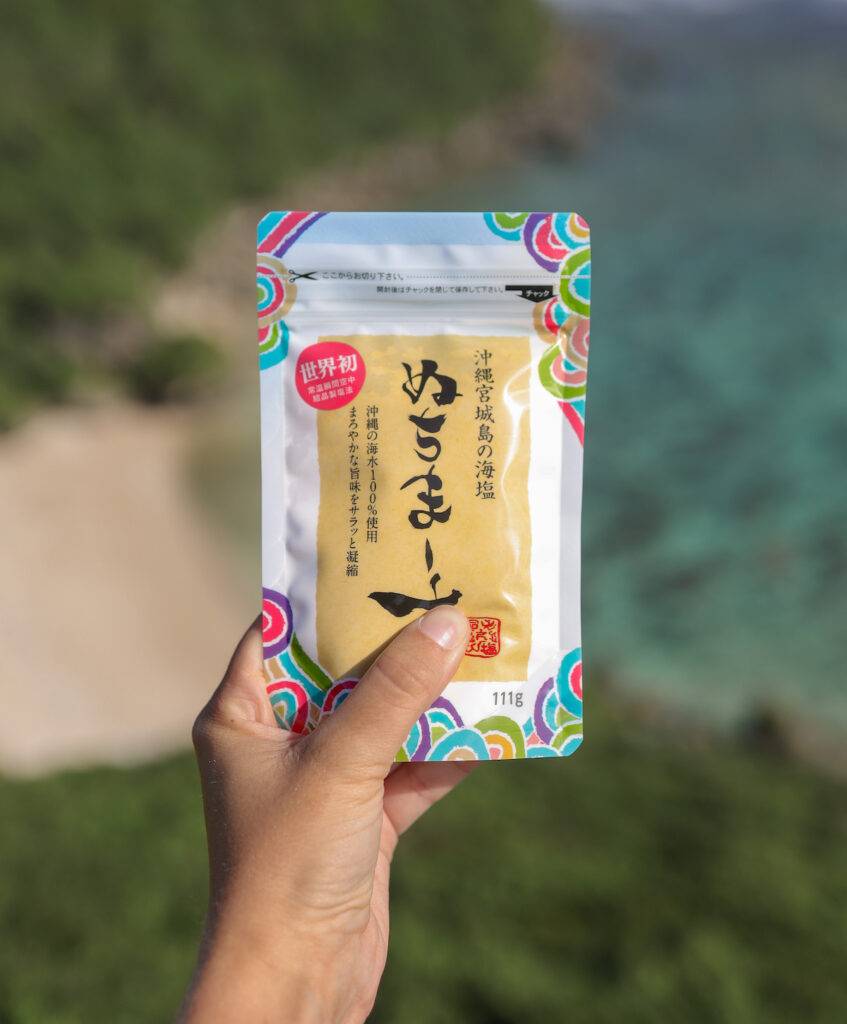
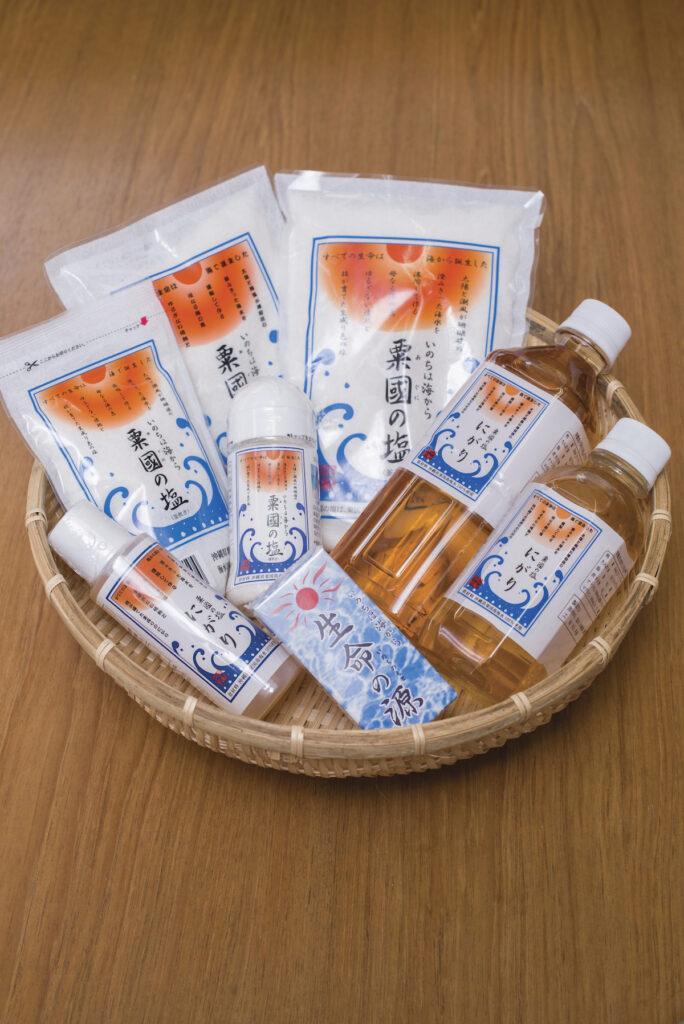
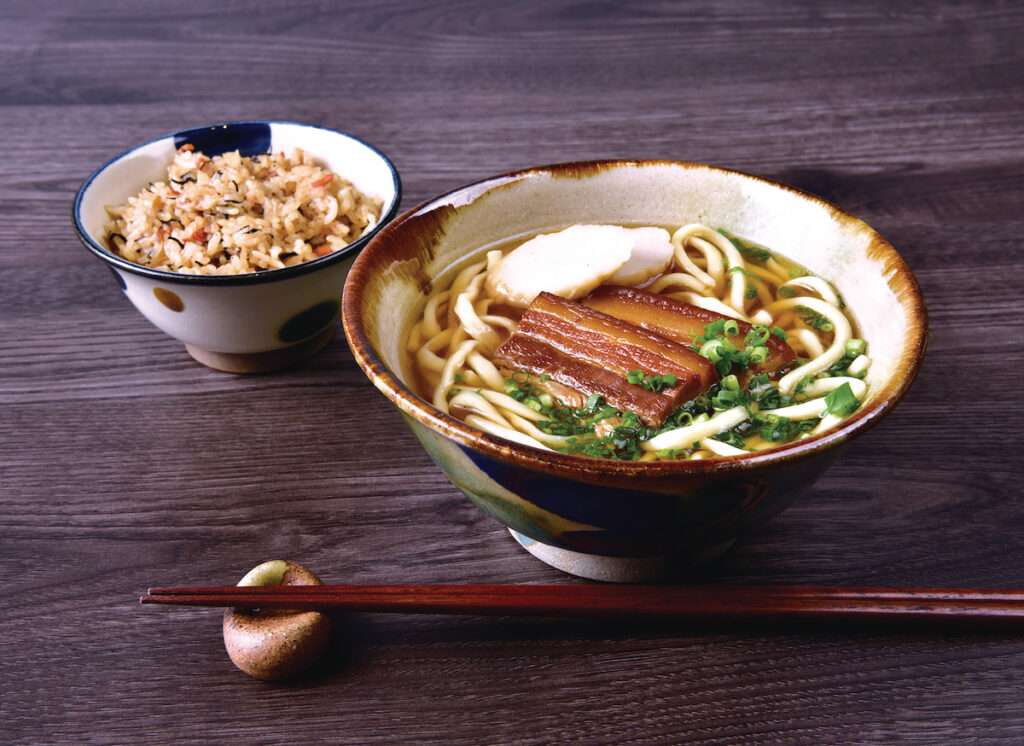
You can watch them work at the factory in Okinawa, sifting through buckets of salt, but only from a small window as all the rooms of the factory have to stay sterile, and therefore visitors are not allowed inside. Even the workers are head to toe covered, masks, goggles, hairnets, and all. From the meticulous check, it’s packaged and sold as is.
This is the technique that has won awards and lengthened lives. Allowing the salt to remain exactly as is (no heating, particle breaking, or synthetic growing required) has let 21 minerals remain in the salt while also allowing sodium content to stay in its current low state.
Essentially it’s a naturally low sodium salt, which we’re still wrapping our minds around. Some of the minerals found in Nuchi Masu salt are iron, copper, zinc, magnesium, and potassium, with special emphasis on the latter two.
These minerals have been shown to reduce blood pressure, act as antioxidants, and help prevent osteoporosis. Potassium is known to expel extra sodium from the body, and magnesium is known to release muscle tension. If this is in every meal, we can certainly understand the explanation for reduced heart disease and bone issues.
Okinawan salt is only starting to battle for a seat at (or on) the table in an international light. Maybe one day, it’ll gain traction and be a home and restaurant chef’s staple. We can say it has definitely combated our negative assumptions about salt.
It may be a secret salt making the people of Okinawa live longer, but luckily they’re not trying to keep it a secret. The Nuchi Masu factory has begun making this salt available on Amazon and will be replacing our table salt for years to come.
Josean and Bec are travel photographers and writers bringing you to off-the-beaten-path parts of culture. With social work and environmentalism backgrounds, they use their knowledge of the world to travel ethically and gain experiences, sharing on their social accounts along the way. Catch up with them at joseanbec.com and on Instagram @beclouisemay & @joseanmartinezsantiago.
Image credits Okinawa Tourism Board and Rebecca Cristillo & Josean Martinez-Santiago




